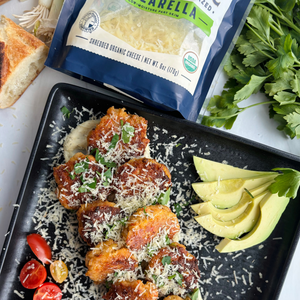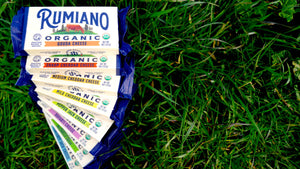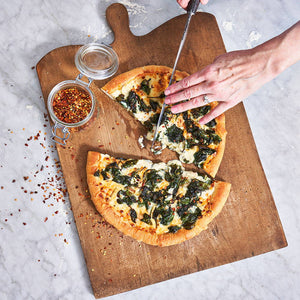We are finally drying out here in California after an epic cold and wet Winter. Now the dance of getting pastures dried out enough for not only grass to grow but also to rotationally graze the cows that are happily moving around. These cycles of the Earth and the natural world are often absent in industrial agricultural that does not possess biodiversity or the normal movement of ruminants. Where feed is shipped from global sources to confined barns or pens where the animals are kept.
Regenerative Practices with Multiple Generations
Can you imagine your own health if you were constrained to a small area and eating the same thing day after day?(sounds like your college dorm room) Contrast that to the farming systems of our Redwood Coast where rich, verdant pastures sprout native grasses, clovers and wild flowers and the cows have an acre or two each to wander. Mammals(us included) need movement and diversity of diet and interactions.
We have been rolling out our rebranding that begins to tell a deeper story of the where, why and the how of our farming and cheese making. While organic standards focus on what doesn’t go into the soil or the animals, increasingly we are aware of the importance of the incredible array of life that exists beneath the surface of healthy soil and the rich ecosystem of biodiversity. We are blessed to partner with our farmers who have been regeneratively farming long before it became the cool terms adopted by global food conglomerates.
Many have been caring for these lands for five or six generations and they have learned that there is a natural size and rhythm that must be maintained. This is a place that with a small land mass of the river plains that make their way from the timbered coastal ranges that are the lungs of our nation’s most populous state.









Comments 0